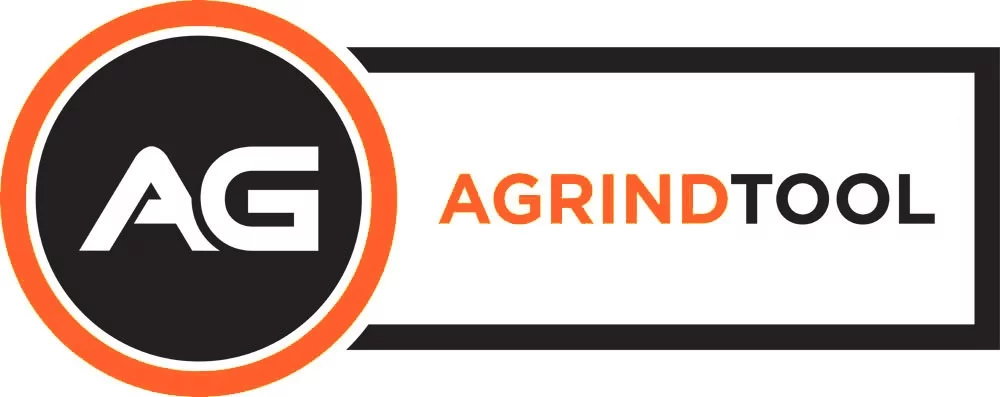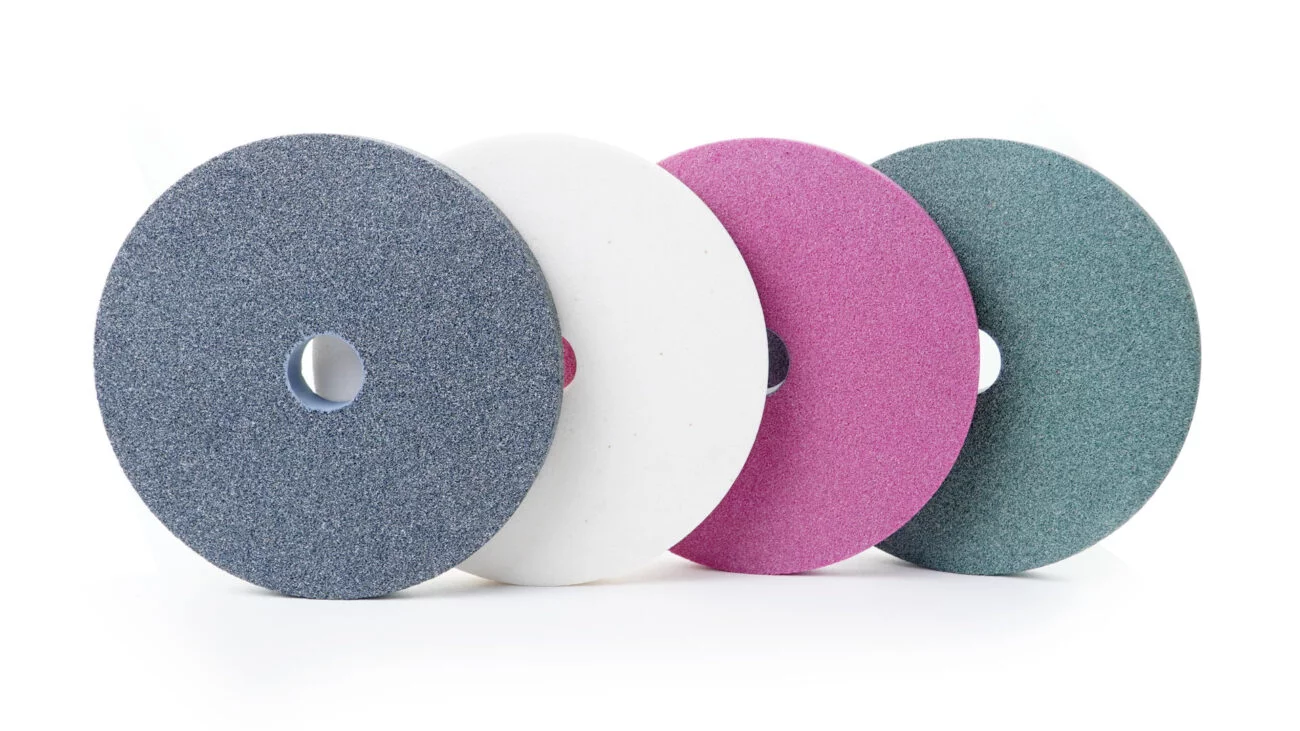Grinding wheels feature abrasive compounds and fiberglass layers bonded by another substance into a wheel shape. They are designed for various grinding and machining operations, which specifically include grinding off material from the surfaces of work pieces with the purpose of shaping and refining them.
These wheels are in several types and styles with different specifications, which often determine how they are expected to be used and handled for specific operations and in different environments.
As users of grinding wheels, one of the crucial factors that must not be underestimated is maintenance. These wheels may appear tough, but in reality, they are fragile. It doesn't matter if they are old or new; grinding wheel maintenance should be taken seriously. And with regular inspection of the wheels, you will be able to guarantee their good working condition.
The Importance of Grinding Wheel Maintenance

Grinding Wheel experts show that understanding how grinding wheels work is the best way to know how important they are. These wheels are abrasive tools designed to rotate fast when used. They may look like a saw but are different as saw blades are only shaped at the edge. But for grinding wheels, there are small sharp compounds scattered over the wheel's surface.
For users of grinding wheels to enjoy the tools and see them producing perfect and high-quality parts from time to time, they must take dressing the wheels as necessary.
Also, grinding wheel maintenance will help ensure the productivity requirements of their marketplaces. Technically, the surface of a grinding wheel wears away as you continuously produce parts. If you notice this, the logical solution is to dress them routinely.
Due to the importance of grinding wheel maintenance, by diligently observing it, the optimal efficiency and lifespan of the wheel will be enhanced, which offers an exceptional production of high-quality parts.
The Problems of Grinding Wheel and How to Fix them

Like other tools, grinding wheels are also susceptible to some specific problems. It doesn't matter if you're a professional user or a new operator; anyone can experience some particular results that may be a bit challenging and frustrating.
If you find yourself in this situation, it's always advisable to determine the factors responsible for such problems to know what to do and prevent them from reoccurring. Below are some of the issues that users of grinding wheels may experience and the systematic ways to deal with them:
· Burnt work piece
Several things can make your work piece burn. These may be that the feed is too fast, the coolant direction is poor, or the wheel dressing is too fine. If the feed is too fast, you should try to minimize the stock quantity removed for each pass. You can easily solve the problem with the coolant direction by adjusting it to the grinding area. For a too fine dressing, you can make use of a dressing that is more open or coarser.
· Poor surface finish
This problem can result from a worn dressing tool, wrong wheel dressing, vibration/chatter, too hard wheel, or too coarse wheel. You can fix the problem of worn-out dressing tools by inspecting, rotating, or replacing them. For a wrong wheel dressing, you can employ a finer dressing and slow the dresser down.
For vibration or chatter, you can check the bearing condition. If the wheel is too hard, it will be better to opt for a softer grade one. And if the wheel is too coarse, it's advisable to use a finer grit size.

Wheel glazing and loading
Grinding wheel users can experience loading and glazing with their wheels when the grit of the wheel is too fine, when the wheel is dressed too slowly, or when the abrasive is excessively durable. If the wheel grit is too fine, you should opt for a softer grade wheel or coarser grit. If the wheel is dressed too slowly, you should increase the dress traverse. In a situation where the abrasive is too durable, you should go for a sharper and more friable abrasive.
· Failing to hold on to corners
If the wheel is not holding on corners, it may be that the form you're using is wrong, the wheel dress is wrong, or the grit size is too large. To fix a wrong wheel form, using a sharp dresser will be a smart idea. If the wheel dress is wrong, you can opt for a finer dress and ensure that the side and face are true to the wheel. If the grit size is too large, then a smaller grit size will work best (less than 1.5 times the corner radius is ideal for the max grit diameter).
· Wheel chatter
Factors that could result in wheel chatter include machine vibration, the glazed face of the wheel, unsupported work, the cut rate being too heavy, the wheel being out of trueness, or the wheel being out of balance. If the machine is vibrating, you should inspect the bearing condition.
For wheel glazing in the face, you can fix it by redressing the tool using a sharp dressing. For unsupported work, fix it by increasing the support. If the cut rate is too heavy, you should reduce the cut-rate. For a wheel that is out of trueness, you should start by redressing the wheel and then inspect the mounting. For a wheel that is out of balance, you should check it and give it a proper adjustment.
What Are the Proper Ways for Grinding Wheel Maintenance?

Grinding wheel maintenance is an ideal way to ensure that your wheels are in good working condition. Without proper care and maintenance of these wheels during and after use, their quality and service life could be affected. So, take the following steps to continually have a good wheel that can enhance your productivity:
· Grinding Wheel Maintenance –How to Handle Your Wheel
- For grinding wheel maintenance, you must avoid dropping the wheel anywhere or handling them anyhow. This can get it damaged.
- During transportation or shipping, the wheel should be kept in a safe place– You can do this through proper logistic planning.
- It would be best to keep the wheel from water/moisture and direct heat for great grinding wheel maintenance
· Grinding Wheel Maintenance –How to Assemble Your Wheel
- Before assembling the wheel, you should do a visual inspection. This is to know if there are damages and cracks on the wheel.
- It's crucial that you do a "ring test." To do this test, you will tap the wheel gently using light and nonmetallic instrument. If your wheel is stable and undamaged, it will produce a clear metallic "ring " or tone. This sound is from the material's hardness in the wheel and the wheel's ability to send sound vibrations.
- You should avoid altering a hole in the grinding wheel and ensure you clean smooth blotters
- Grinding Wheel experts will advise that buyers of the wheels should go for the correct product for their operations. The wheel's flange should have a flat surface. This surface must also be without any burr, defect, and so on. You should ensure that you check the flange regularly for gouges, nicks, flatness, etc. Besides, avoid using a smaller or uneven diameter flange.
Note:
During installation, you should ensure that the bolts are well-tightened using torque wrenches. The bolt's tightening sequence must be duly followed. Avoid loose clamping, and don't over-tighten bolts. Loose clamping is likely to cause wheel slippage. If you over-tighten the bolts, it may put stress on the wheel, leading to accidents.
Grinding Wheel Maintenance – How to Balance Your Wheel

- For grinding wheel maintenance, you should ensure that the Adopter and Mandrel Tapers are the same.
- The mandrel nut should be tightened appropriately.
- You should ensure that the balancing weight is tightened correctly.
· Grinding Wheel Maintenance –How To Mount Your Wheel
- You must ensure that the spindle surface and adopter hole are without foreign materials. Both adopter and spindle Tapers are expected to be the same.
- The nut should be tightened properly.
- To load and unload the wheel, you can use Jib Crane.
- The safety guard of the wheel should be properly closed after the mounting process.
- To ensure that no element is interrupting the wheel, you should rotate it manually before powering the grinder.
Other Tips for Grinding Wheel Maintenance and Operation

- For grinding wheel maintenance, ensure that the stipulated Linear velocity of the grinding wheel is not exceeded.
- After installing the wheel, an idling of more than 5 minutes is required. This is to ensure that the wheel features enough strength.
- For wheels with resin bonds, harmful cooling should be avoided.
- The period for storing resin bond grinding wheels should be within a year. It must be given proper inspection if it exceeds a year, and there must be a quality check.
- For good grinding wheel maintenance, it would be best to avoid cold and dampness where grinding wheels are stored.
If you want to know more about abrasive grinding wheels, visit our website at agrindtool.com
Conclusion
Grinding wheels are used in different fields (such as chemical construction, ships, automobiles, metallurgy, and machine making) for specific functions. They carry out indispensable assignments, including cleaning welds, polishing castings, soldering joints, repairing metal surface defects, and so on.
Since they are used continually, there is a tendency that they may end up wearing away or damaged if not properly maintained and operated. This is why every user must learn how to follow the guide to grinding wheel maintenance to enhance the quality of the wheel and boost their productivity.
Short Description
Grinding wheel maintenance is essential because the tools happen to be the most used abrasives. They are wheels designed to help grind and remove rust from metal and non-metal work pieces. Users can also use them for fine grinding, semi-finishing, and rough grinding when set on high-speed rotation when operated. Besides, they can cut and groove metal or non-metal materials. However, if used for an extended period, they can end up wearing out. This is where maintenance comes in to sustain their quality.

